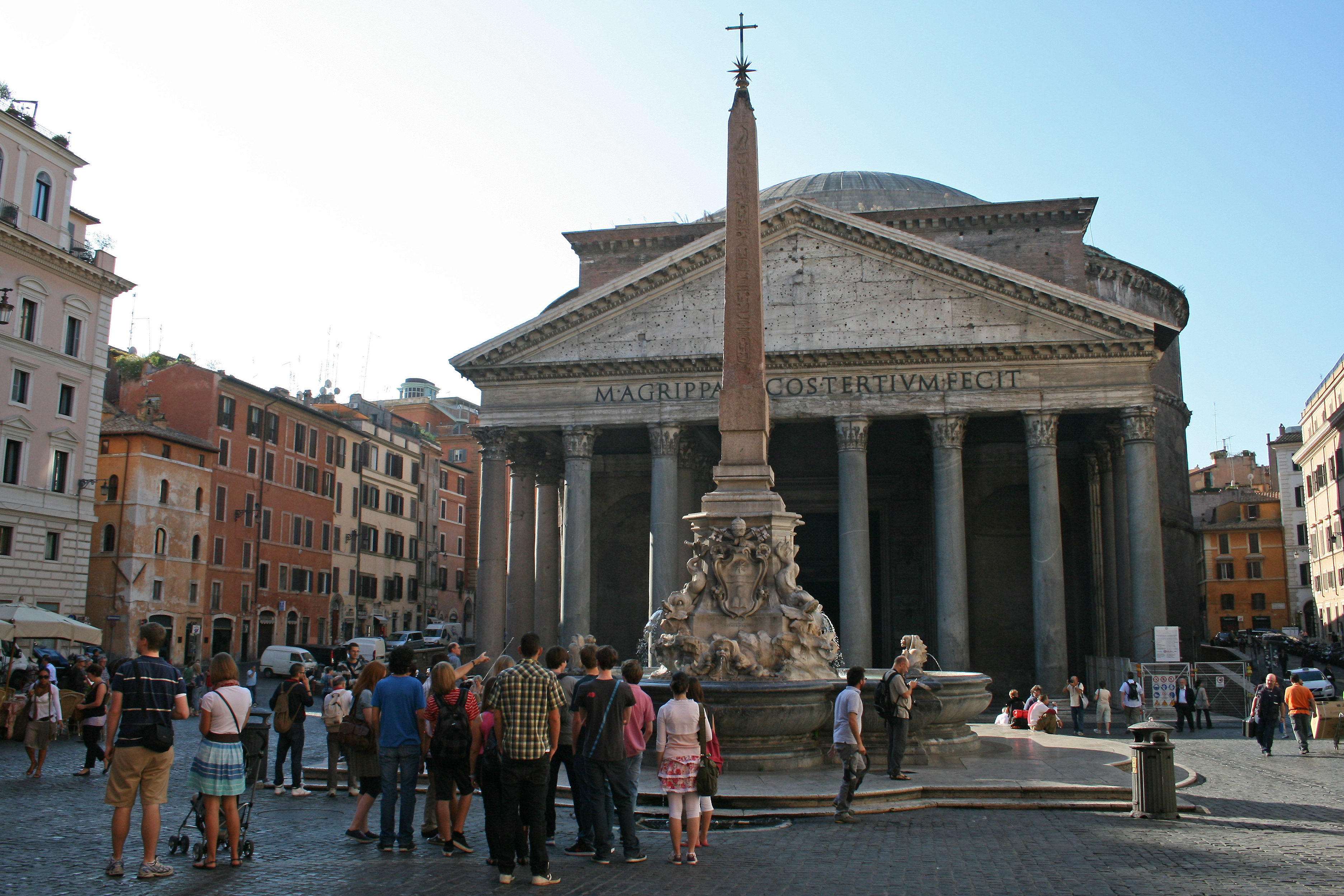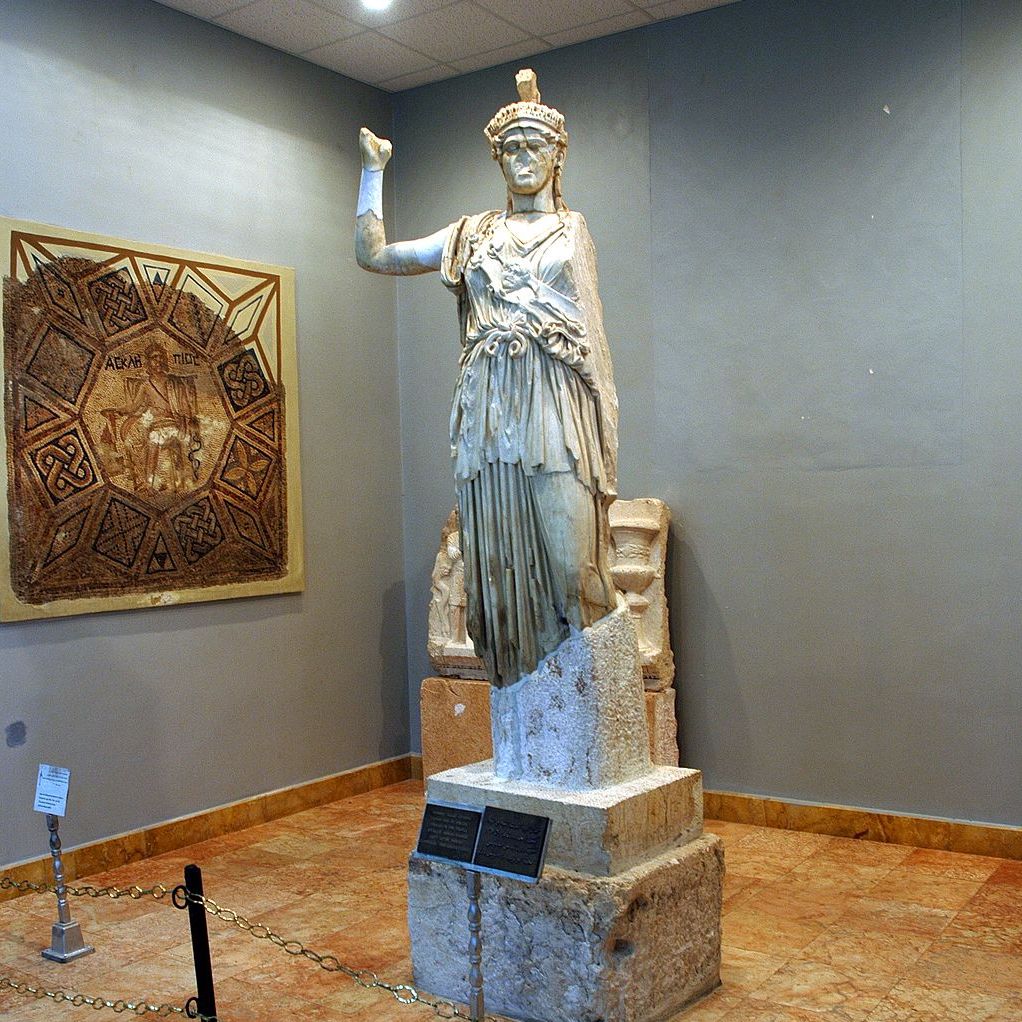Contemporary Syrian War Poster shows the
reality of children’s existence in Syria today
Kara Walker‘s “Testimony” reveals the
injustice in African American history
Image by Australian street artist “Meek”,
stencil art of his “Begging for Change”
Roman emperors stole Egyptian obelisks with hieroglyphics boasting of acts of great Egyptian pharoahs. The Romans erected these obelisks, like cultural hostages, in front of their own most important structures, to show the dominance of Rome over Egypt. Likewise, when Christianity replaced pagan spirituality in Rome, Christians took this cultural hostage-taking a step further, by sticking a cross on top of the obelisk in front of the Roman Pantheon. This communicated the ultimate triumph of Christianity, over the pagan religions of the past. This one image, below, represents repeated cultural “replacement” from c. 1303, B.C.E., to the present day.

Egyptian obelisk from time of Ramses II, in front of Roman Pantheon.

Athena, Goddess of Peace and War, intact in Palmyra
The same Athena sculpture, after Isis destroyed its head and arms, at end of hall
The symbolism in Tal’s “Revelation” is dense. He “reveals” to viewers not only this woman’s individual worth, but he also poetically bridges the abyss of misunderstanding between Muslim and non-Muslim cultures. “I Am” is a significant statement, appearing in Exodus 3:13–15, when Moses says to God, “If I come to the people of Israel and say to them, ‘The God of your fathers has sent me to you,’ and they ask me, ‘What is his name?’ what shall I say to them?” God said to Moses, “I AM WHO I AM.” And he said, “Say this to the people of Israel, ‘I AM has sent me to you.’” God
In Tal’s “Revelation”, the “I” singles out an individual from the group; the “Am”, refers to the universal, shared divinity in every human being, regardless of political, religious, cultural belief. Tal’s art effects change.
French street artist/photographer, JR, is one of today’s most engaging artists, using his art to help people all over the world make change. Rather than just creating images for people to ponder, he makes the people themselves into their own art. JR takes photographs of people in their communities, or has locals photograph themselves, all over the world. This helps people see that they can literally create their own reality, by rendering themselves as friend or foe within their respective community. JR won the TED prize (watch his incredible TED talk here). He asked Israeli and Palestinian people to make funny faces, printed monumental images of them, and mixed them together on each side of the wall separating the two areas. He used his art to magnify our similarities, rather than our differences. His art opens our eyes to the idea that we can share humor, rather than animosity, even in the face of major differences.
JR’s Inside Out project in Israel



